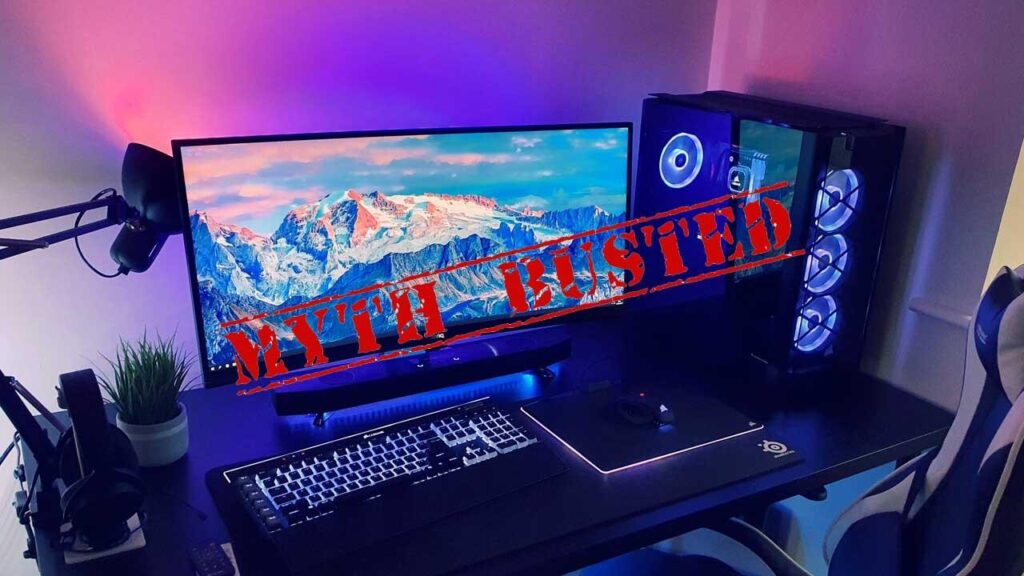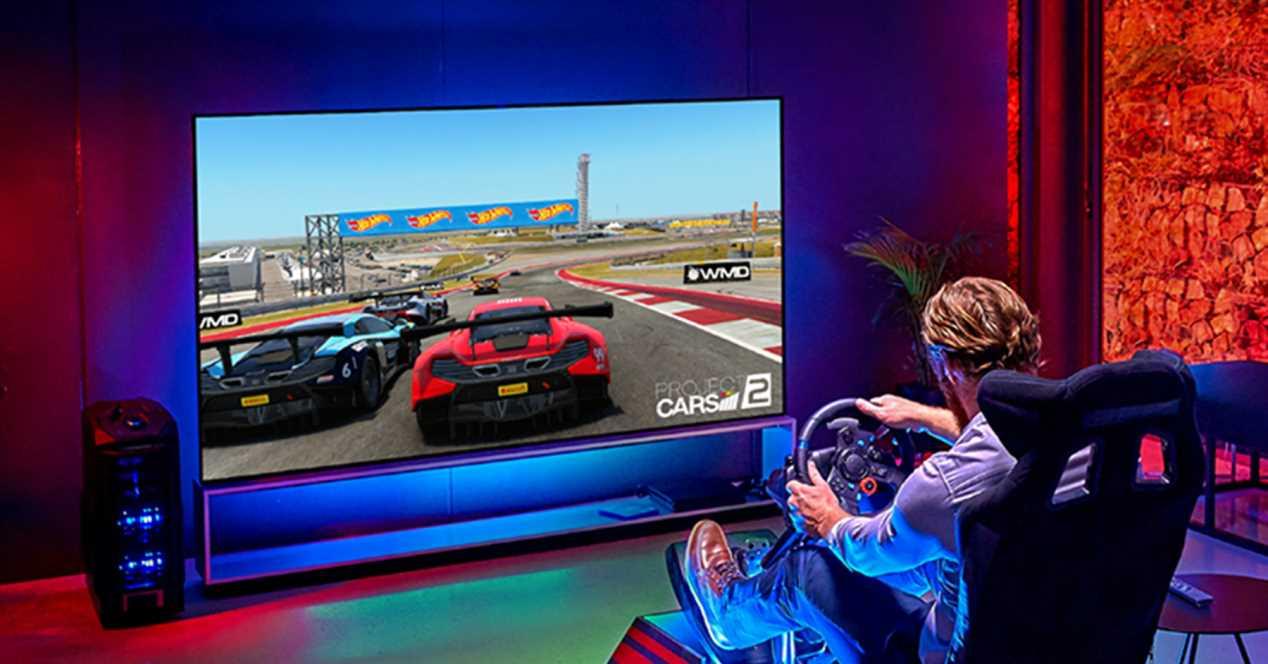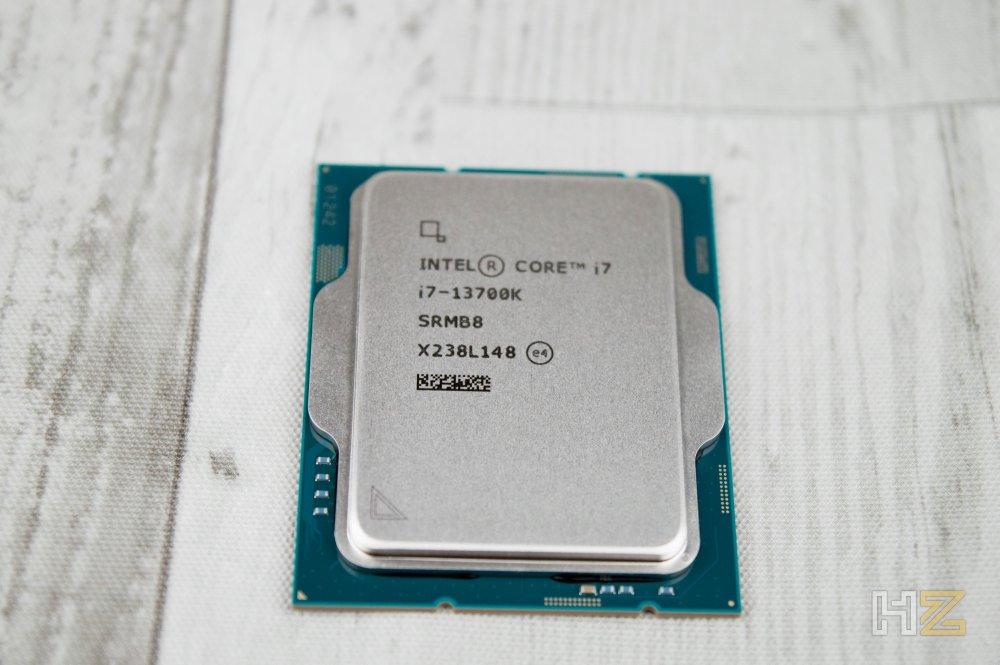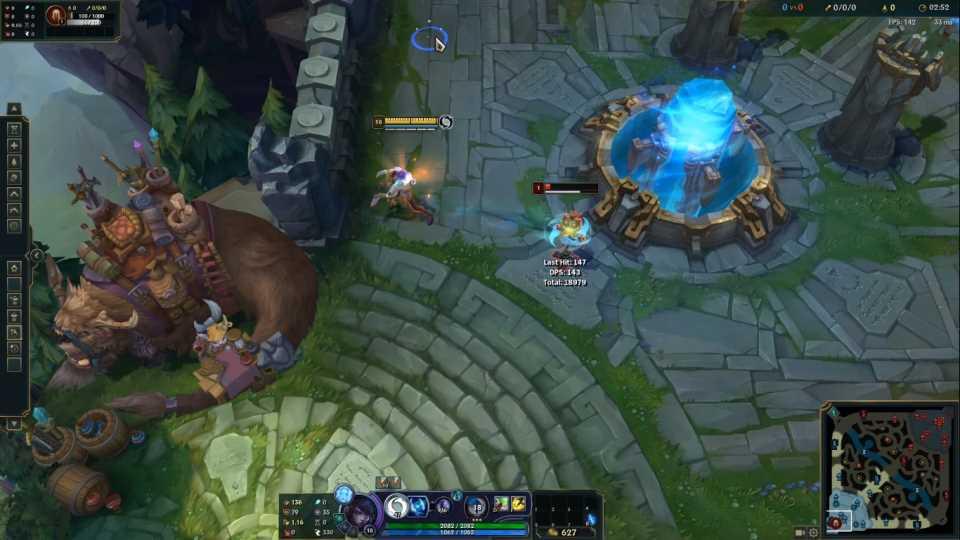Computers & Laptops | May 8, 2023

From the appearance of the first home PCs until today, several decades have passed, but despite the many changes that have occurred, there are still many myths or urban legends surrounding the PC ecosystem that, for one reason or another, many people still believe in, and it turns out that they are completely false. In this article, we will debunk six of them.
Most of the myths or urban legends that are erroneous about the home PC usually have to do with legacies from the past or with supposed hardware / computer “gurus” who express an opinion that people take as written in stone. But reality is reality, and empirical results never lie, so let’s see which ones concern us today.
With fatally optimized triple-A titles or disastrous ports, the belief has been created that you need a top-of-the-line PC costing several thousand Euros to be able to enjoy modern games. And while it is true that the better your PC’s hardware, the better your games will generally run, this is a completely erroneous belief.

Nowadays, most modern titles run well on mid-range gaming PCs or even with fairly basic hardware. Of course, if you want to play at 4K resolution, with graphics on high and with Ray Tracing, you won’t get good performance on a PC of this caliber, but you can still enjoy gaming with a low-budget hardware. Do you really need an RTX 4090 to play Valorant or Overwatch 2? Exactly.
Having a processor with many cores is usually synonymous with having better performance… tasks such as rendering or running virtual machines will benefit from a higher number of cores, or more specifically from more parallel process threads, as the PC can execute multiple processes simultaneously. However, in the case of games, this doesn’t quite work out…

A modern processor usually has between six and twelve cores, and process threads can reach up to 20 even on mid-high range processors, without having to go for top-of-the-line hardware. However, most applications and not-so-modern games still rely on the performance of a single core, while newer software benefits from 2 to 6 processor cores. Keep in mind that processors from literally 10 years ago already offered 4 to 8 cores, so do we need to explain more?
Additionally, it’s important to note that a higher number of cores is not everything, as operating speed, lithography, cache, and other features should be taken into account (also keep in mind that, when it comes to gaming, higher speed usually matters more than a greater number of cores).
We won’t go into details on this because it’s the most obvious urban legend… more RAM means the processor will have more space to store temporary calculations, but this will only result in better performance when you have very small amounts of memory (we’re talking about having 4 GB of RAM currently, since with 8 GB you usually have more than enough for almost everything). In terms of performance, speed and latency matter more than the raw amount of RAM.
Sony, Microsoft, and Nintendo have accustomed us to exclusive titles for their video game consoles… exclusives are a crude excuse to try to sell more consoles, although the truth is that the vast majority of console fans are passionate about them. The culture is quite different for PC gamers, who generally have no limits on what games to play. However, saying that there are no “PC exclusives” is completely false…

On PC, there are many titles that you will never see on consoles, such as Valorant, CS:GO, League of Legends, Escape from Tarkov, or Half-Life: Alyx. Additionally, the PC is home to an enormous amount of modding for hundreds and hundreds of games, which means that titles like The Witcher 3 or Skyrim can be radically changed thanks to mods and become practically entirely different games… Let’s not forget that, for example, Counter-Strike was nothing but a mod of the first Half-Life.
Many users (and especially store vendors) often say that when the PC is “too weak” to play certain games, you can give it a new life by overclocking it a little and play without problems thanks to the increase in performance that you can obtain.

However, although it is true that overclocking the processor, RAM, and/or graphics card will increase performance, it will also increase power consumption and component temperature, as well as reduce their lifespan. This is one of those myths related to PCs that is also dangerous because safely overclocking is quite complicated and puts your hardware at risk. As you know, we never recommend doing it.
This is the age-old story… it is true that if you buy a PC with top-of-the-line hardware, you will spend several thousand Euros, but the reality is that for 1,200-1,500 Euros, you can already have a decent PC to play on. Then, if you consider that a PlayStation 5 with a controller will cost you around 600 euros, and then you will have to spend 70-80 Euros per game… you just have to do the math to know that yes, as an initial investment, a gaming PC is more expensive, but in the long run it is the same or even cheaper (depending on how you use it and how you take care of it), with the added bonus that on a PC, you can do countless things that consoles are incapable of.
Good luck, for example, creating designs for your 3D printer from your brand new PlayStation 5.
Possibly, this is the most widespread and senseless myth today. You have probably seen dozens of computers with countless fans, in some cases, there is no more room for them. Really, two fans (three at most) should be enough.
Undoubtedly, the main problem comes when choosing the computer case, where aesthetics are valued more than cooling. Most closed-front cases, whether made of tempered glass or plastic, are terrible. Although they have side and bottom openings, the amount of air a fan can absorb is reduced.
When we choose an open-front case, things simplify. A front fan that introduces cold air into the system and a rear fan that expels hot air should be enough. We can maximize the cooling process by installing the front fan in the central part, directing the air to the graphics card and CPU cooler. We can even install another fan on the top to extract heat more quickly.
Installing 10 fans won’t give you better cooling, in fact, it’s more likely to be the opposite, and you’ll worsen the cooling.